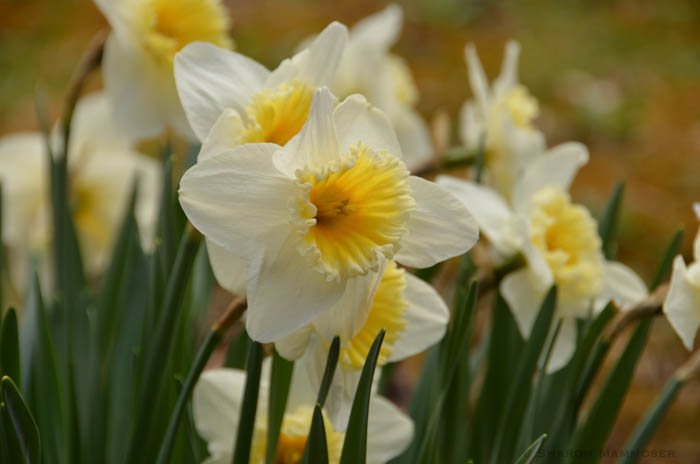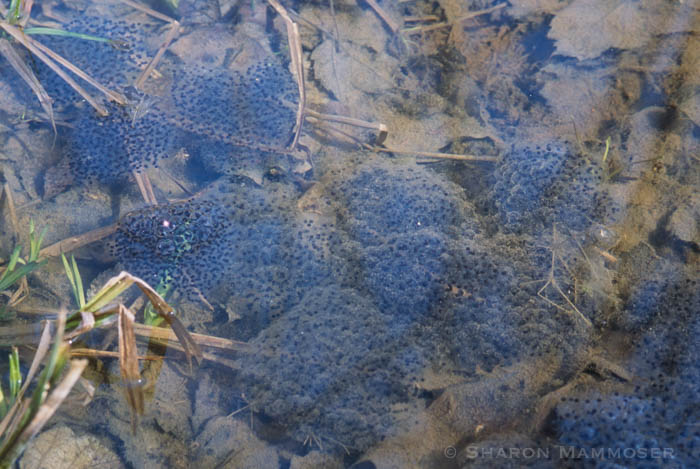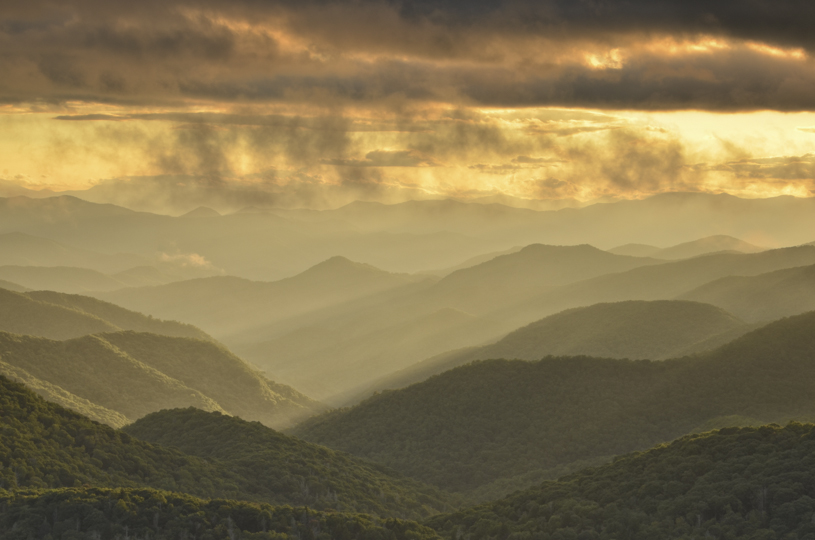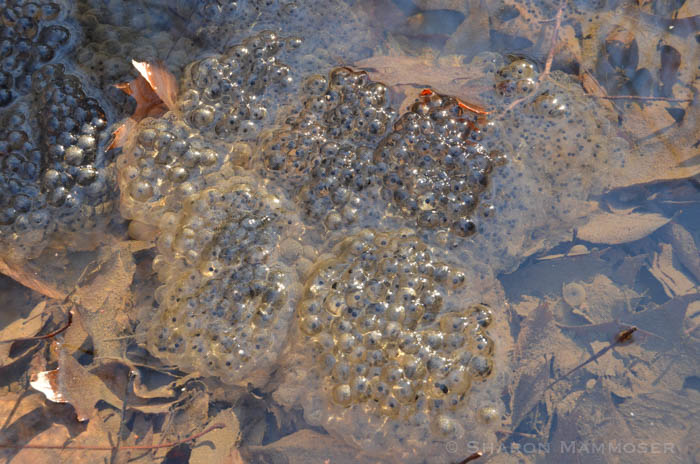Back before I was intimately acquainted with nature, I thought of flowers as the first sign of spring. For me then, daffodils, crocus and hyacinthus represented spring and I always looked for and noticed them with delight. Many years and observations later I know that spring arrives long before the first flowers pop from beneath the thawed earth, and even though this same sequence of events comes every year, I still love to witness it firsthand. As Rachel Carson said, “There is something infinitely healing in the repeated refrains of nature–the assurance that dawn comes after night, and spring after winter.”

I live on a special piece of land in western North Carolina, where there are towering beech and oak trees bigger around than I can reach and where for a couple of weeks in May the magical lights of blue ghost fireflies transform the night into a fairy wonderland. On this land wood frogs live in the forest too, and every spring–very, very early spring when we get a full day of rain and warm temperatures, they leave their leafy hiding spots where they have been frozen like the snow that sometimes covers them, and make their way to the small pond in the middle of the woods. There they float around, their calls filling the forest with strange quacking sounds that make most people think of ducks, not frogs.

Like any good guest, they don’t wear out their welcome, staying only a few days before disappearing again into the forest. In the pond they leave thousands of tiny eggs, each surrounded by a clear, gelatinous mass that protects them while they develop into tadpoles.

Have you heard wood frogs in a forest near you? Did you know that wood frogs are the only frog that lives north of the Arctic Circle? They are able to live in such cold places because they have a special chemical in their bodies, like antifreeze that we put into our cars, that prevents ice from forming inside of their cells. In the dead of winter they will be frozen solid, looking for all intents and purposes as if they are dead. But, amazingly, and one of the true miracles of nature, come spring, their bodies thaw out and they make their way to wetlands to mate and lay eggs. Theirs is a perfect example of hope and tenacity.


